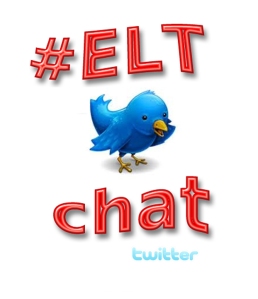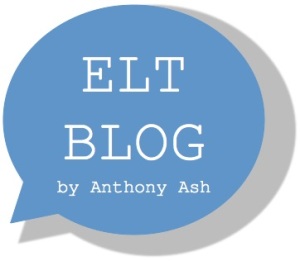Initial Teacher Training, such as the Cambridge CELTA and the Trinity CertTESOL, have set syllabi which aim to prepare trainees for the classroom. For those who have completed such a course, what should there be more of and less of in these preliminary teacher education courses?
Right at the beginning of the discussion, Shaun Wilden said that he had “little to say” on the topic and “not sure what the purpose” of it was. This is perhaps because such courses, like the Celta are often seen as rigid and unchangeable. However, just as the Celta developed over time, it is conceivable that Cambridge might look to implement changes in the future.
As James said in the discussion, in response to Shaun Wilden, such a question gives us “a chance to reflect on what we’d like to see in training that is perhaps neglected.” It is self-evident that the trainee’s perspective will be insightful, but so is the trainer’s perspective, as Angelos Bollas pointed out.
Areas which participants wanted to see included the following:
- More classroom management techniques (SueAnnan)
- More input about Second Language Acquisition theory and practice (aaronbroyer)
- More practice and less theory. Theory is good but too much was not so good then (vickyloras)
- More time for reflection and processing (SueAnnan)
- More self-study (Angelos Bollas)
In response to Aaron Broyer’s suggest of more input on SLA, Angelos Bollas asked why that would have been useful. Citing the desire to have more of a solid foundation in the theory behind the method, Aaron said that “SLA foundation allows trainees to evaluate the plethora of methods and techniques.” This of course chimes more of a diploma level course than a certificate level course. Nonetheless, it is an interesting and perhaps a stepping stone towards diploma level theory, were it introduced at certificate level.
Marisa Constantidines pointed out that the format of Initial Teacher Training courses, such as the 4 week intensive CELTA, leaves little room for teaching key areas such as acquisition theories, so they are left to be dealt with during diploma level courses.
Tom Flaherty felt that the current structure to preliminary courses is appropriate, as it covers the practical elements before the theoretical elements – often left for more advanced courses. He drew a comparison with English Language Teaching, in which learners are taught “practical language before theory (grammar)”, suggesting the same for teachers in training is applicable.
This desire to teach what is practical before devling into the theory is perhaps why certificate level courses teach very basic and easily applicable techniques, depsite the fact they might not be wholly pedagogically sound, such as Listening for Gist and then Listening for Detail.
Perhaps the most insightful way to gauge what Initial Teacher Training courses need to include and exclude more of are the in-house Professional Development sessions that schools regularly run. These are usually on the basis of observations and provide insight into what teachers can and can’t do post-certificate level.

